Gibson refreshes the Les Paul Standard with the 12 dazzling new finish options of the Custom Color Series
Pelham Blue, Translucent Fuchsia, Inverness Green… Gibson has dug out some very nice finishes for a series that offers the '50s and '50s LP Standard with plain and figured tops
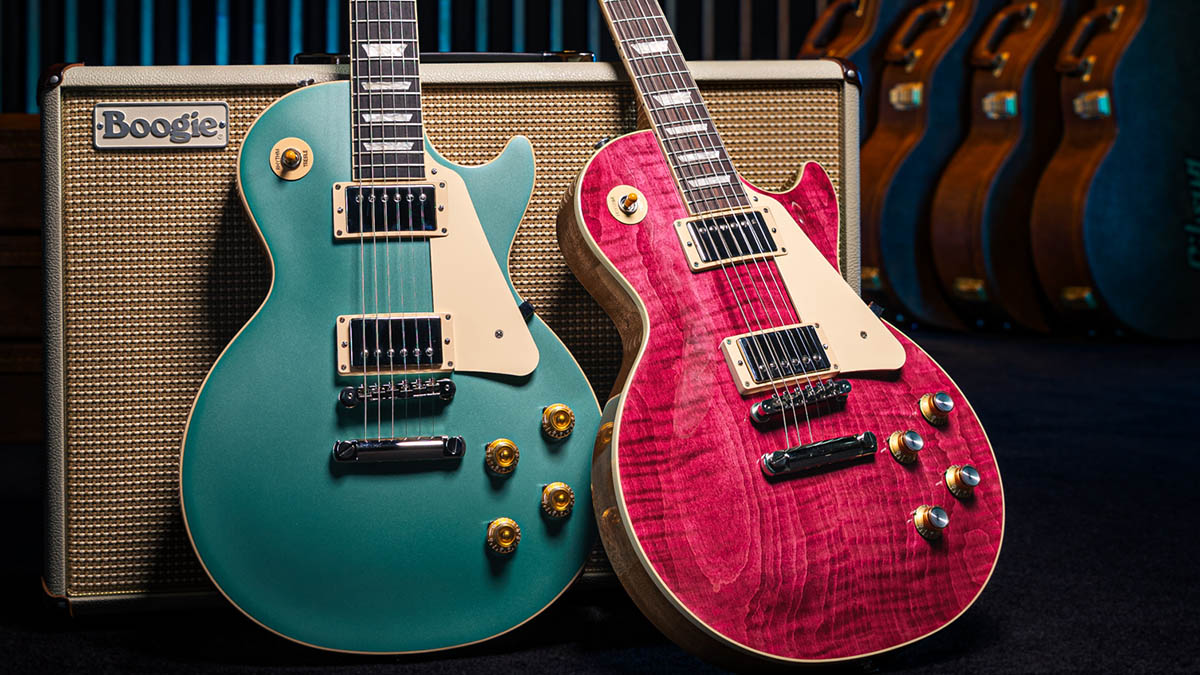
Just when you thought you had made your mind up between a Les Paul Standard dressed in the traditional hues of Heritage Cherry Sunburst or Tobacco Burst, along comes Gibson with the Custom Color series and blows it all out of the water with the choice of 12 very smart new finish options.
If option paralysis is real in the hunt for your next electric guitar, look away now. Choosing between these could be tough.
There are plain maple top options with solid-colour finishes. There are models with AA figured maple tops, with translucent dye bringing out all the detail in the maple. There are traditional finishes and quite radical new colours. All of them look pretty great, and Gibson is making these available across their core US production line of ‘50s and ‘60s Les Paul Standards.
The same finish options are available on either model. The plain top models are offered in Pelham Blue, Inverness Green, White, Ebony, Cardinal Red and Sparkling Burgundy.
The figured-topped models come in Blueberry Burst, Ocean Blue, Translucent Oxblood, Honey Amber, ‘60s Cherry and the quite dazzling Translucent Fuchsia.
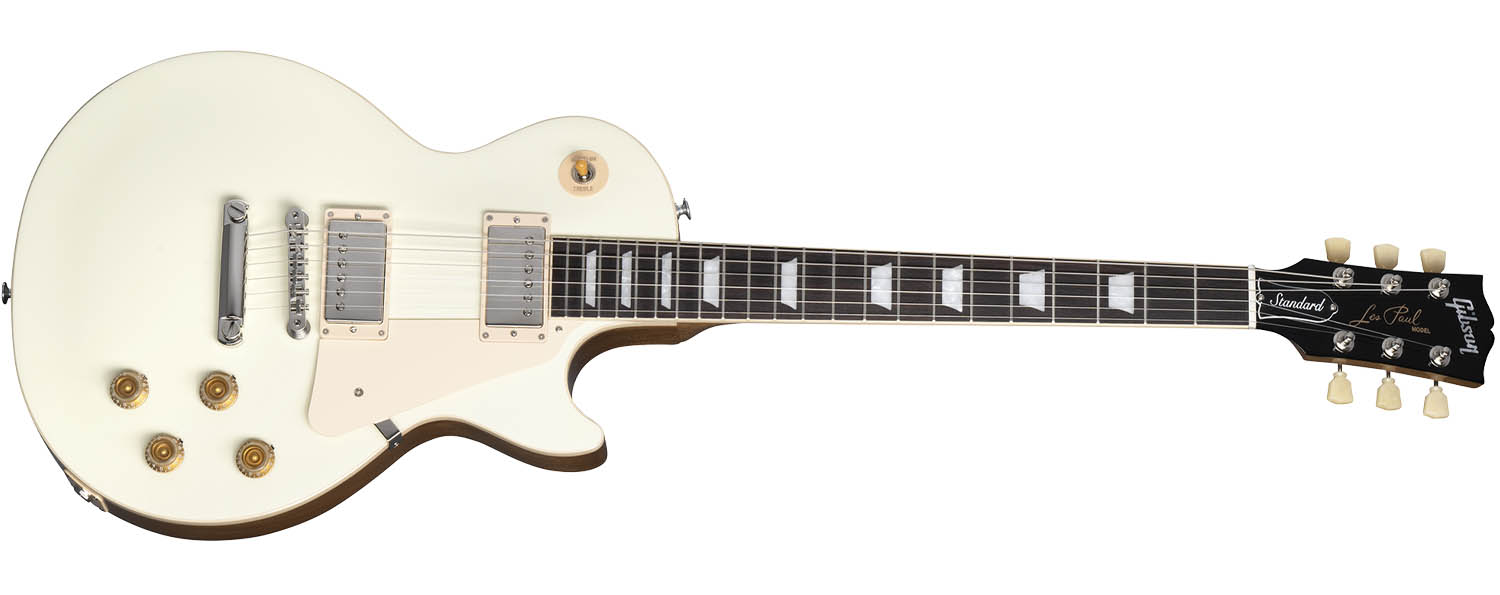
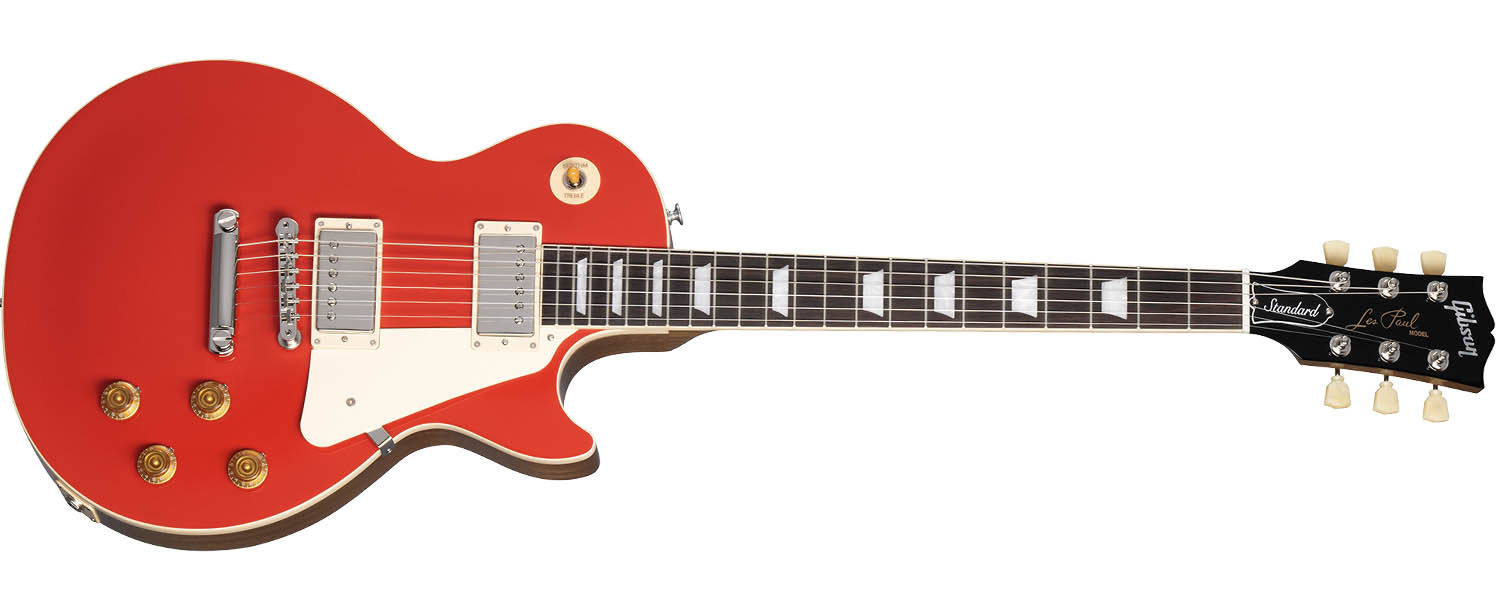
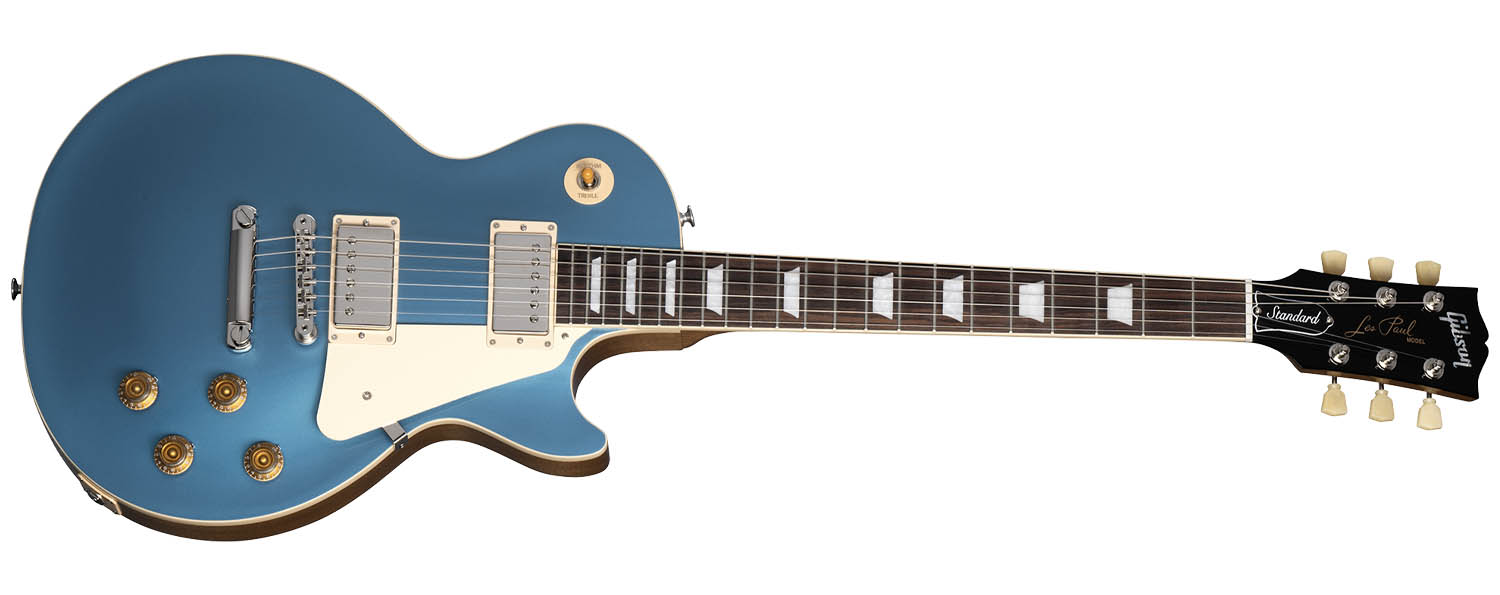
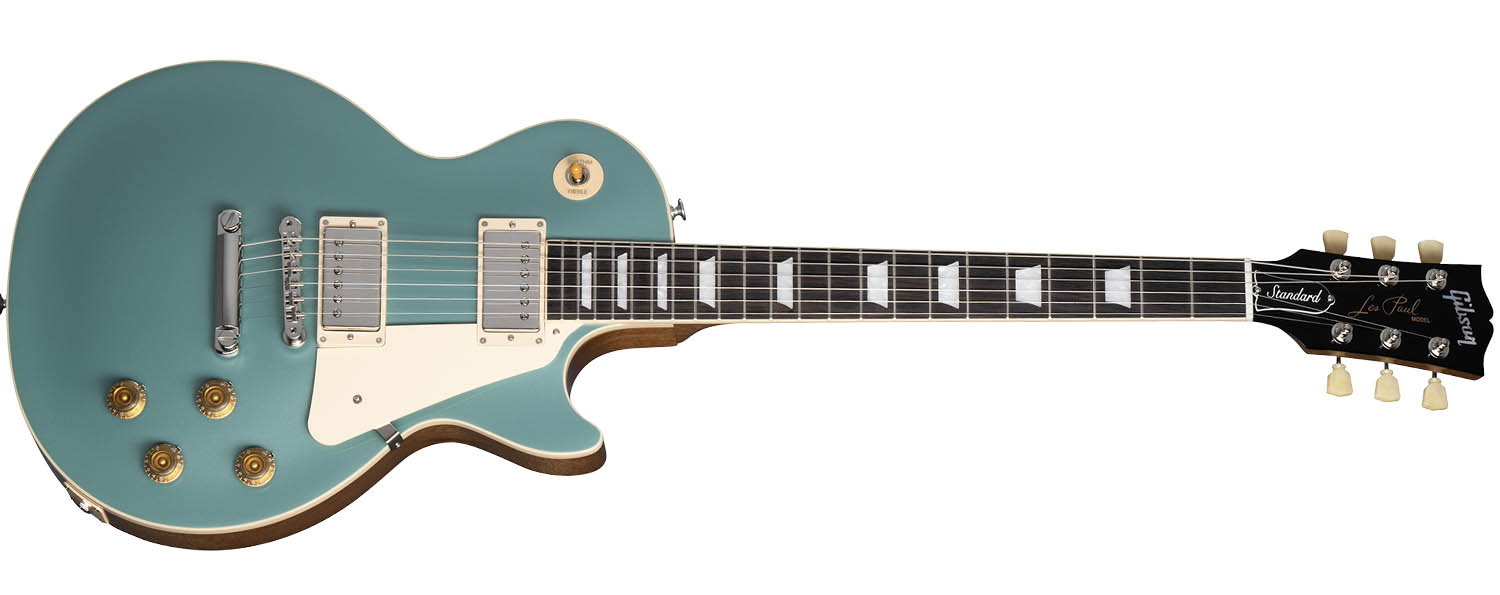
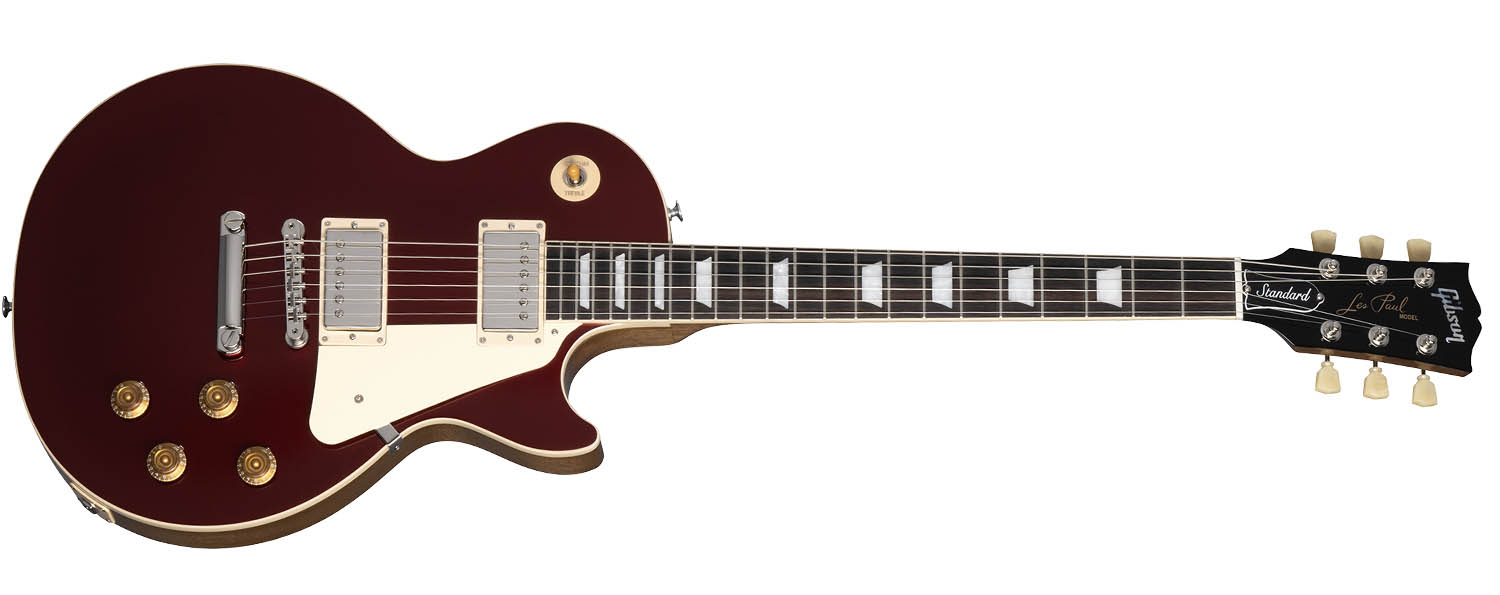
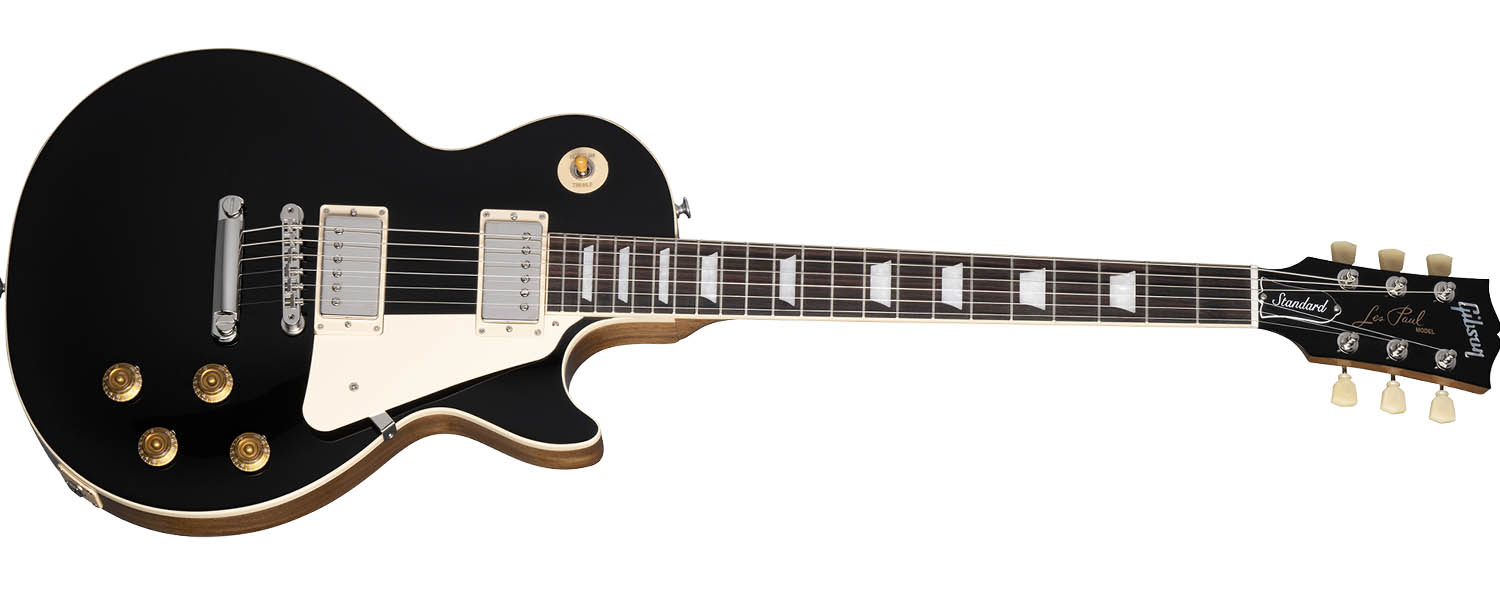
Many of these finishes will be familiar, others less so, but seeing them all applied to the same lineup like this – and not, as the series’ name suggests, as part of a limited run of Custom Shop instruments, makes this quite an exciting development.
The specs, however, are reassuringly familiar, and as with the with the regular line there are a few similarities and a few key differences.
Get the MusicRadar Newsletter
Want all the hottest music and gear news, reviews, deals, features and more, direct to your inbox? Sign up here.
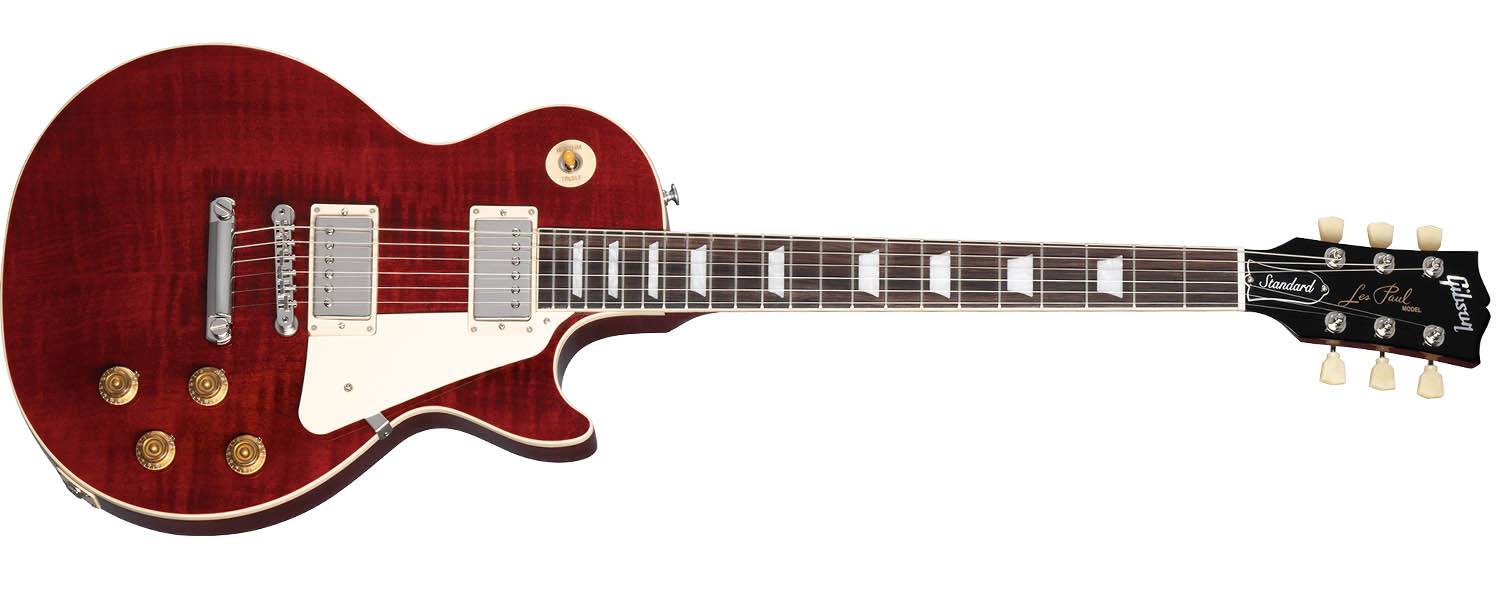
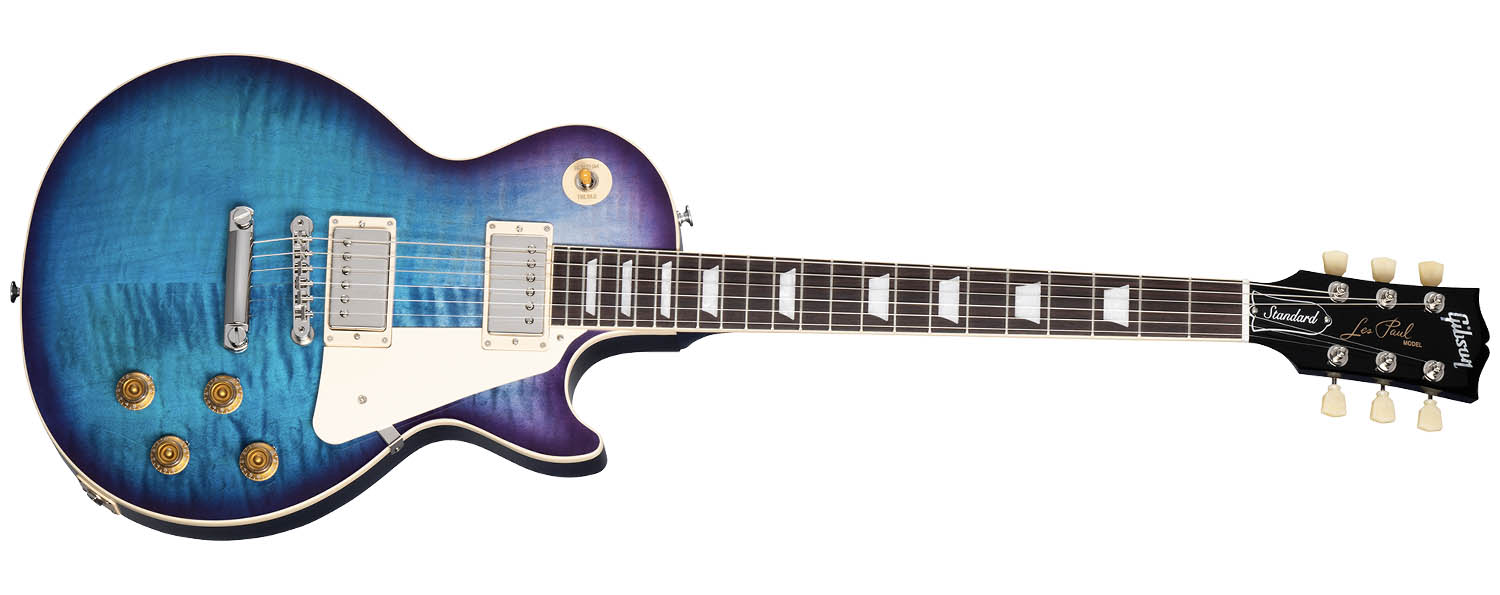
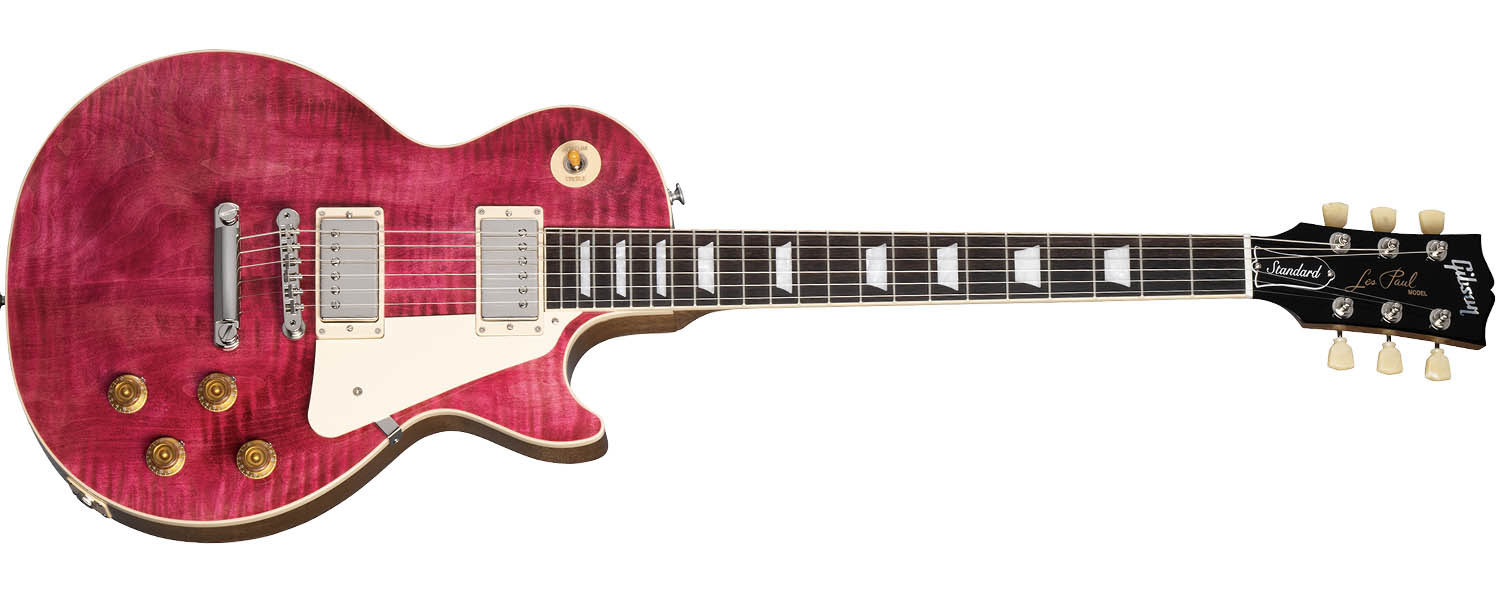
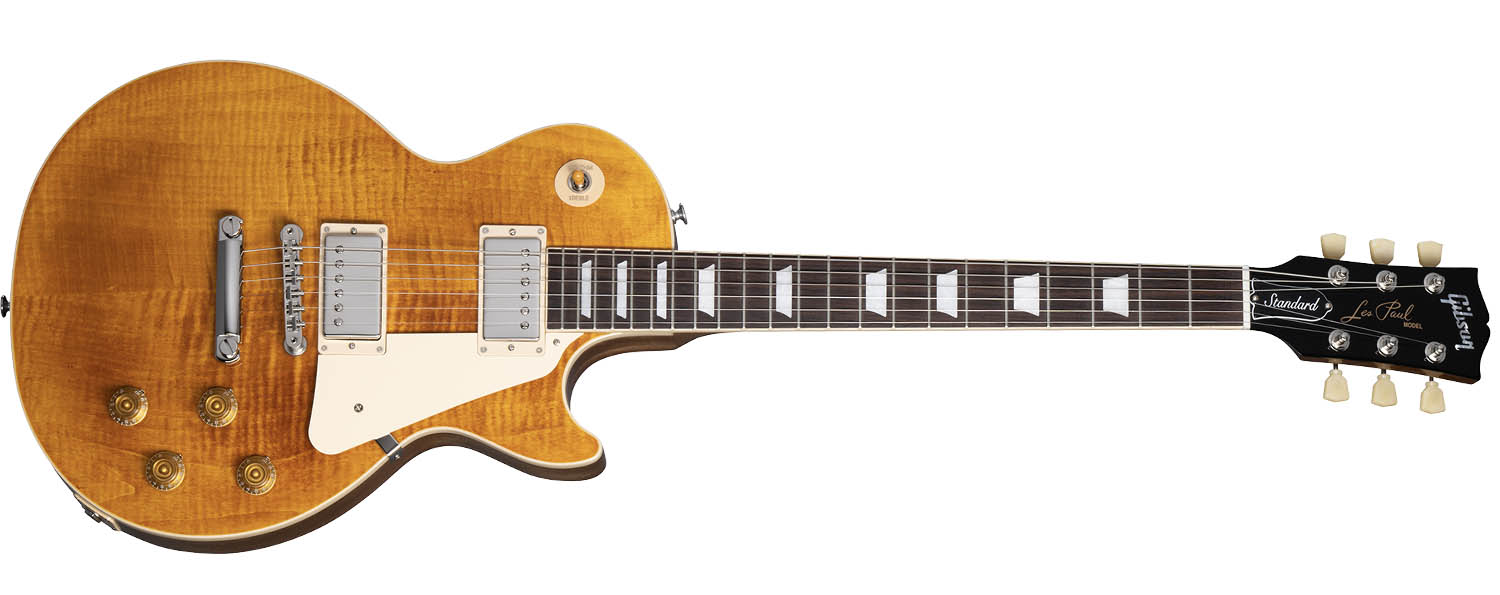
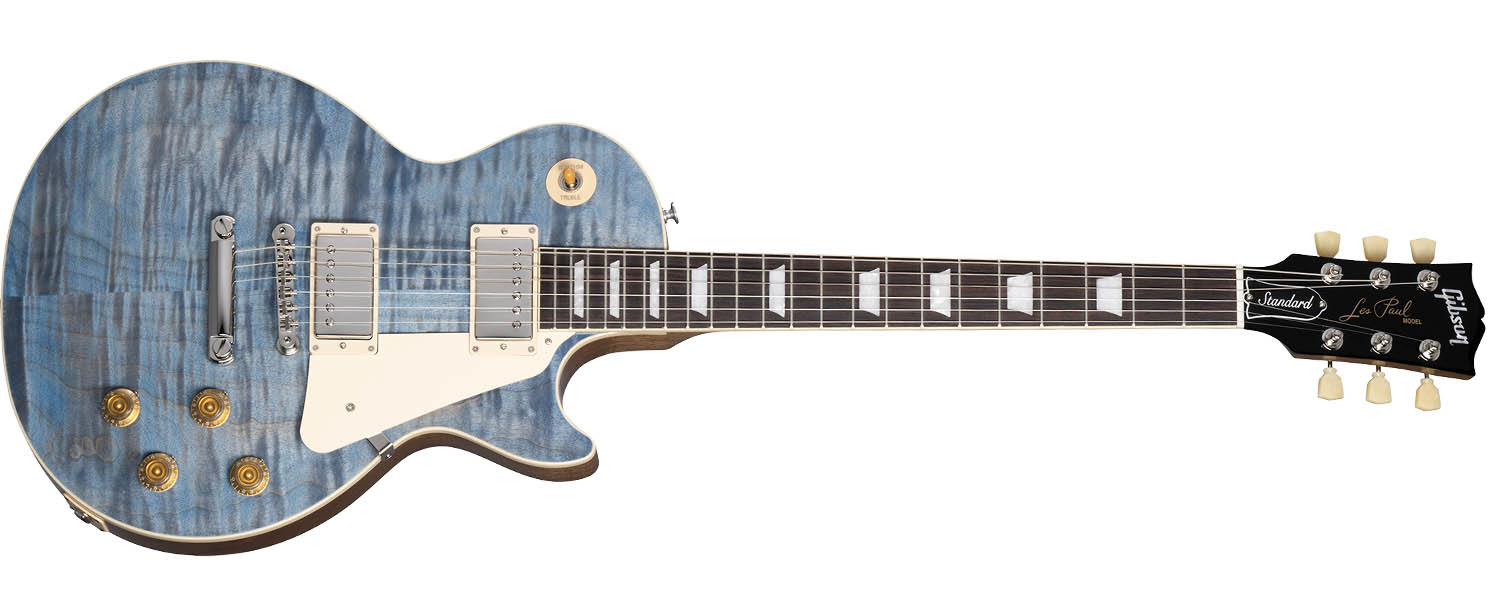
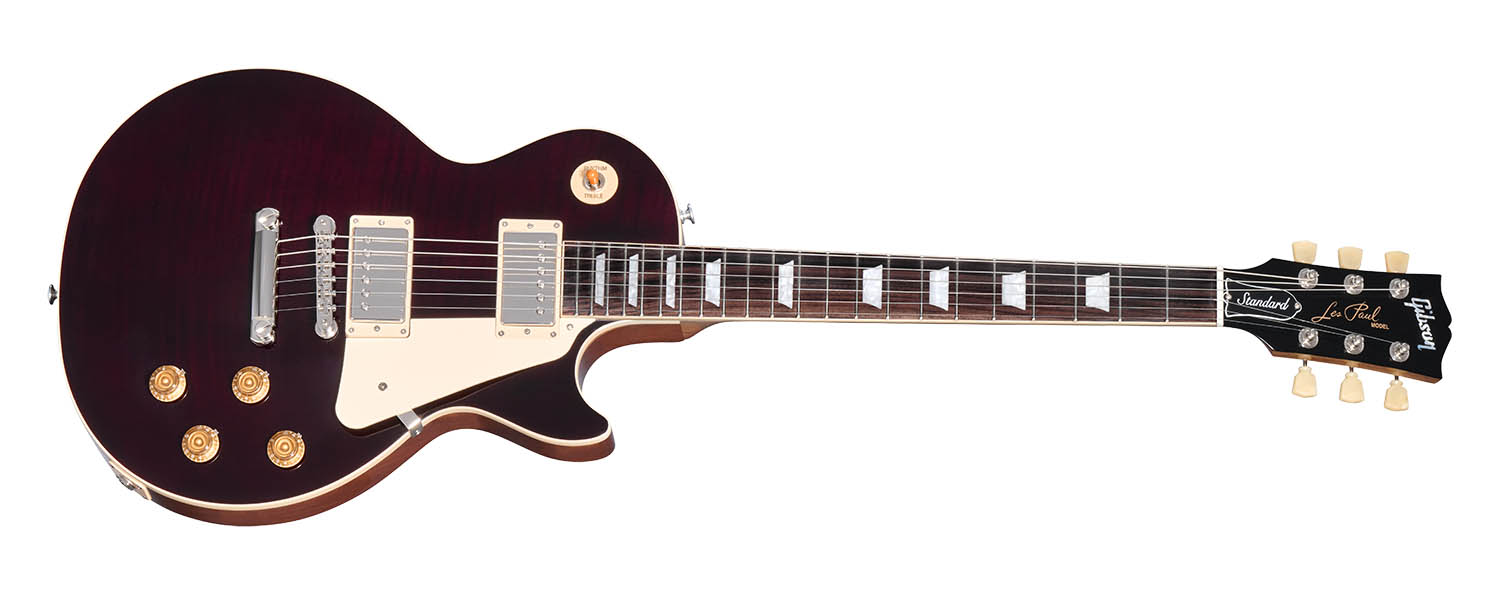
The big difference is in neck profile, with the ‘50s Les Paul Standards having the fuller ‘50s Vintage profile – a little more chunk to work with – and the ‘60s Les Paul Standards having the SlimTaper neck, for those who prefer to do away with some of that wood in the palm for what can be a speedier ride. The ‘60s models are equipped with a pair of ‘60s Burstbucker pickups while the Burstbucker 1 and 2 are found on the ‘50s models.
The hardware is slightly different, too. On the ‘50s models you will find Vintage Deluxe tuners with Keystone buttons, gold ‘Top Hat’ control pots with dial pointers. The ‘60s models have nickel Grover Rotomatics with kidney bean-style buttons, and gold ‘Top Hat’ with silver reflector and dial pointer control knobs.
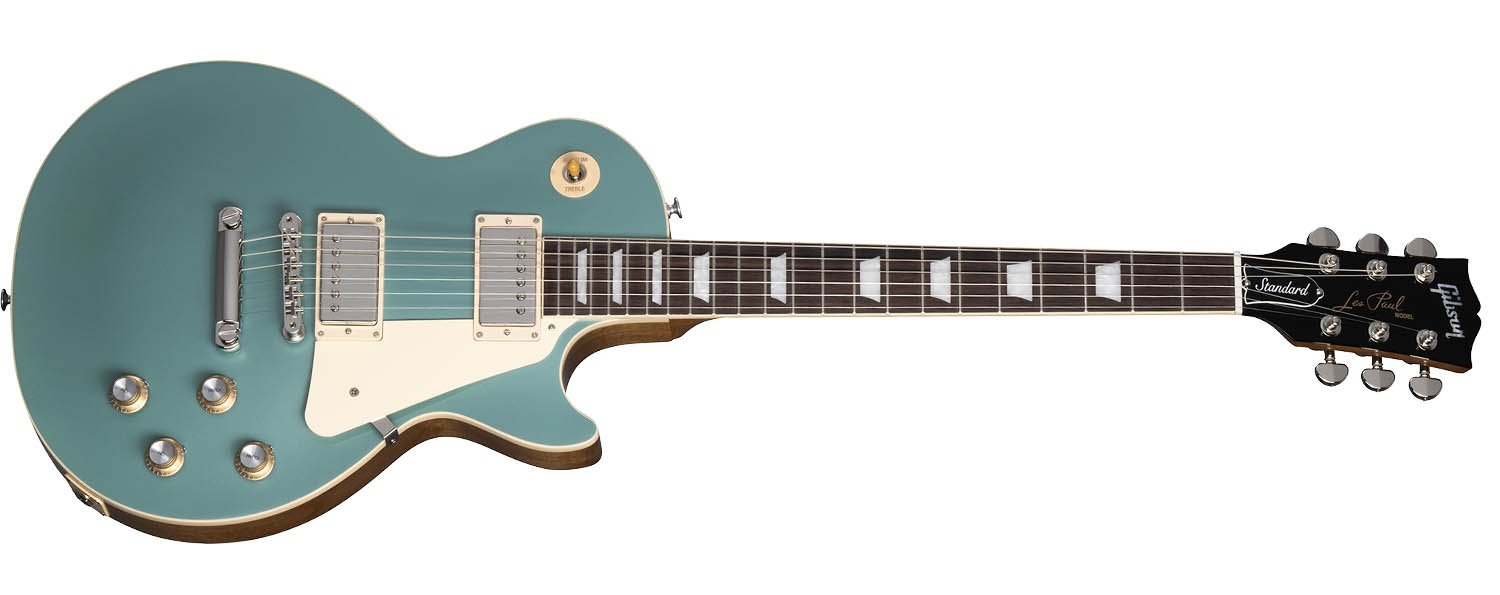

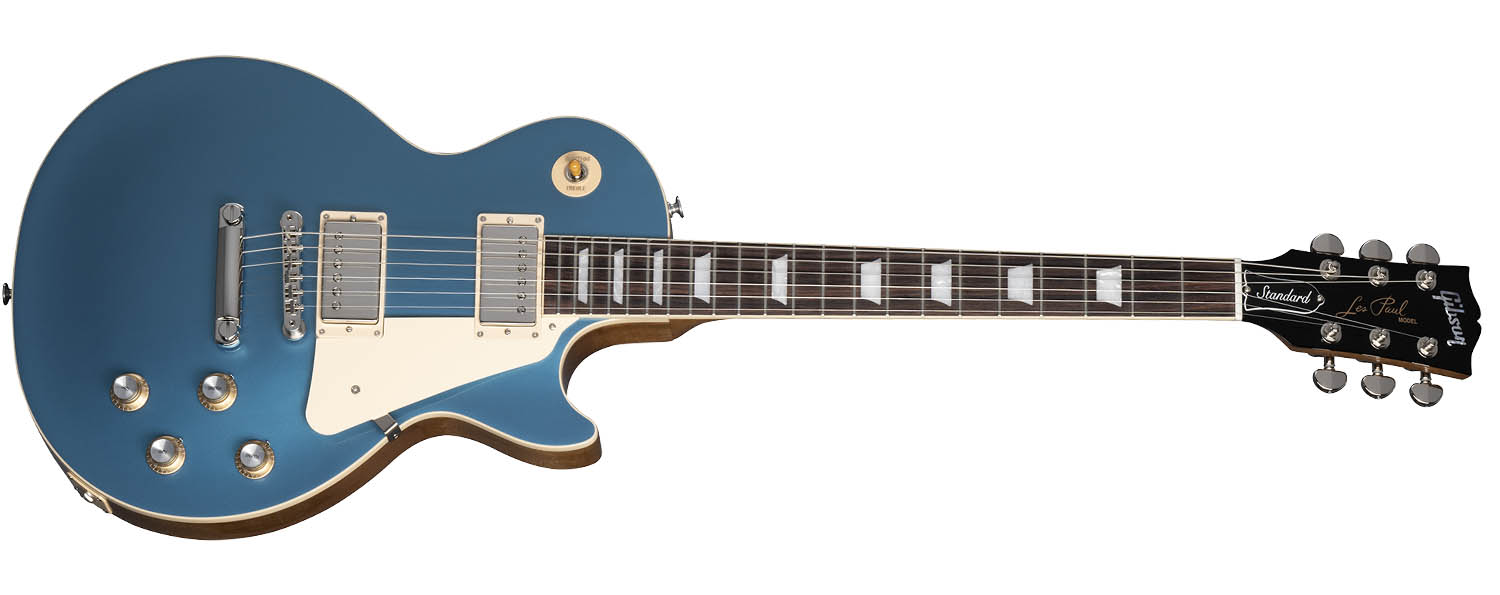
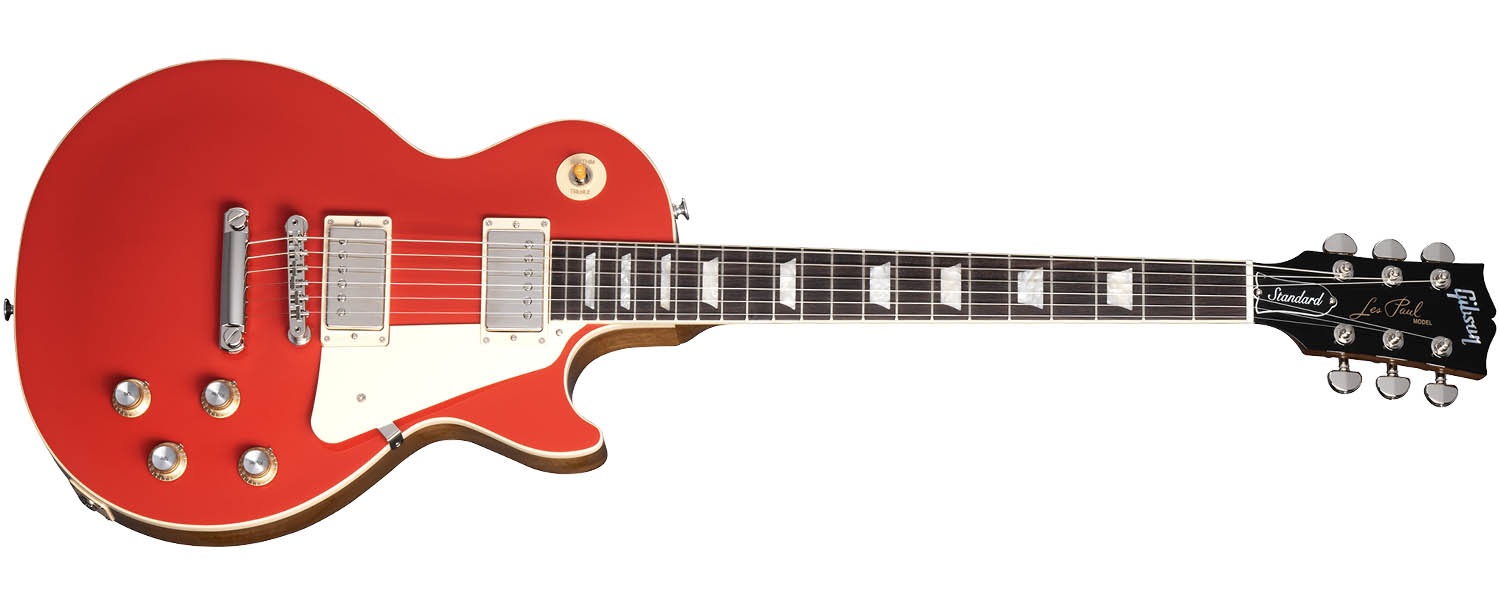
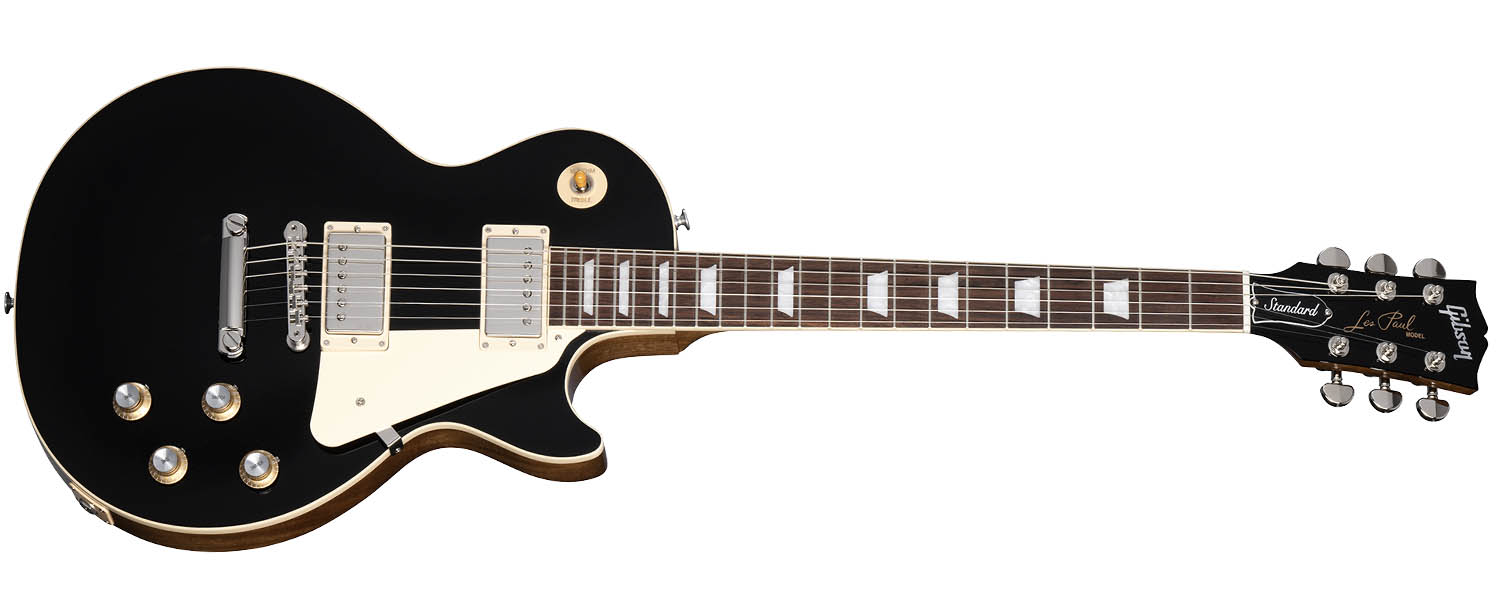
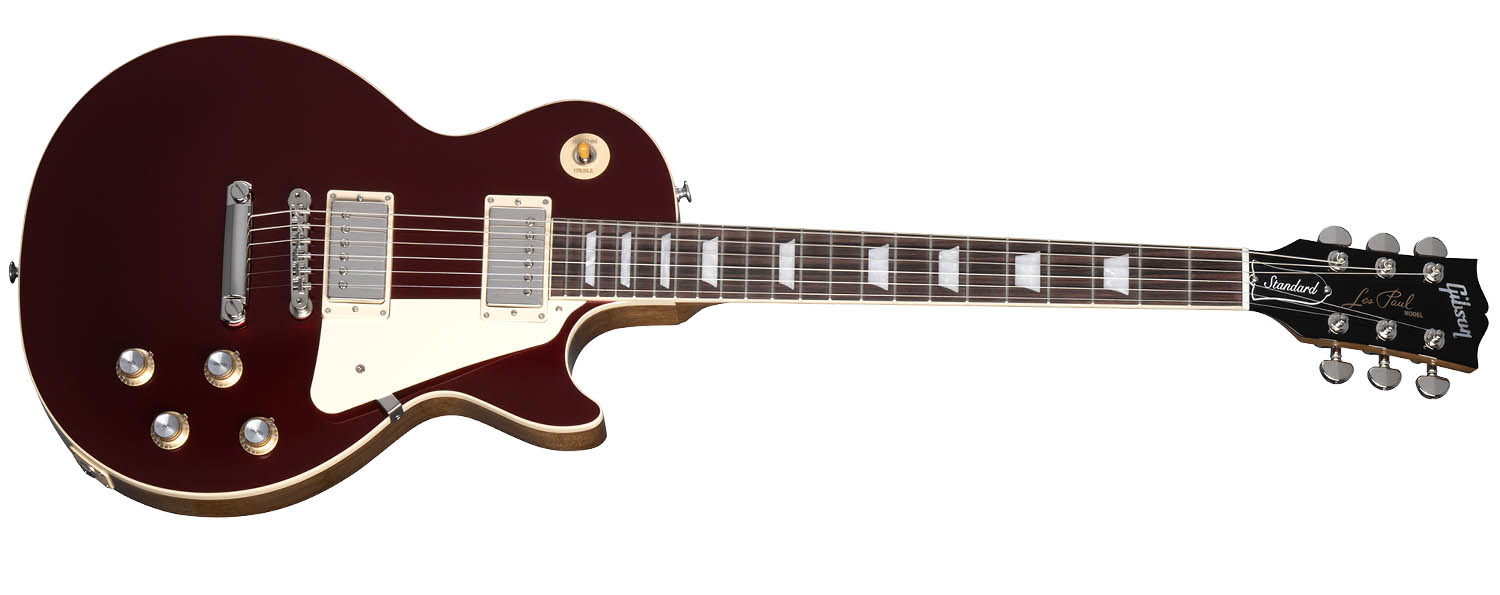
Both come with the classic ABR-1 Tune-O-Matic bridge and aluminium stop-bar tailpiece. The core materials remain unchanged, with mahogany bodies, maple tops, mahogany necks and Indian rosewood fingerboards inlaid with trapezoids.
Nitrocellulose lacquer has been applied so these look neat off the shelf and will also age gracefully. Single-ply binding brings ties the guitars’ tops and fretboards together.
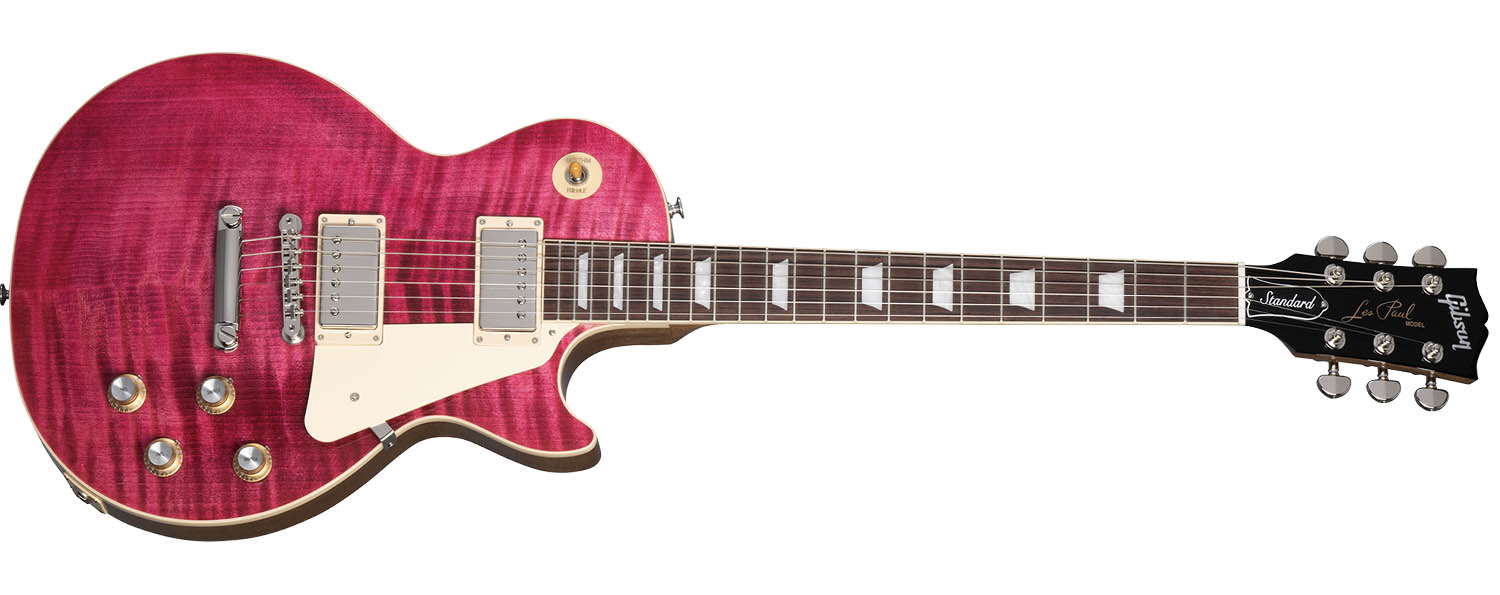
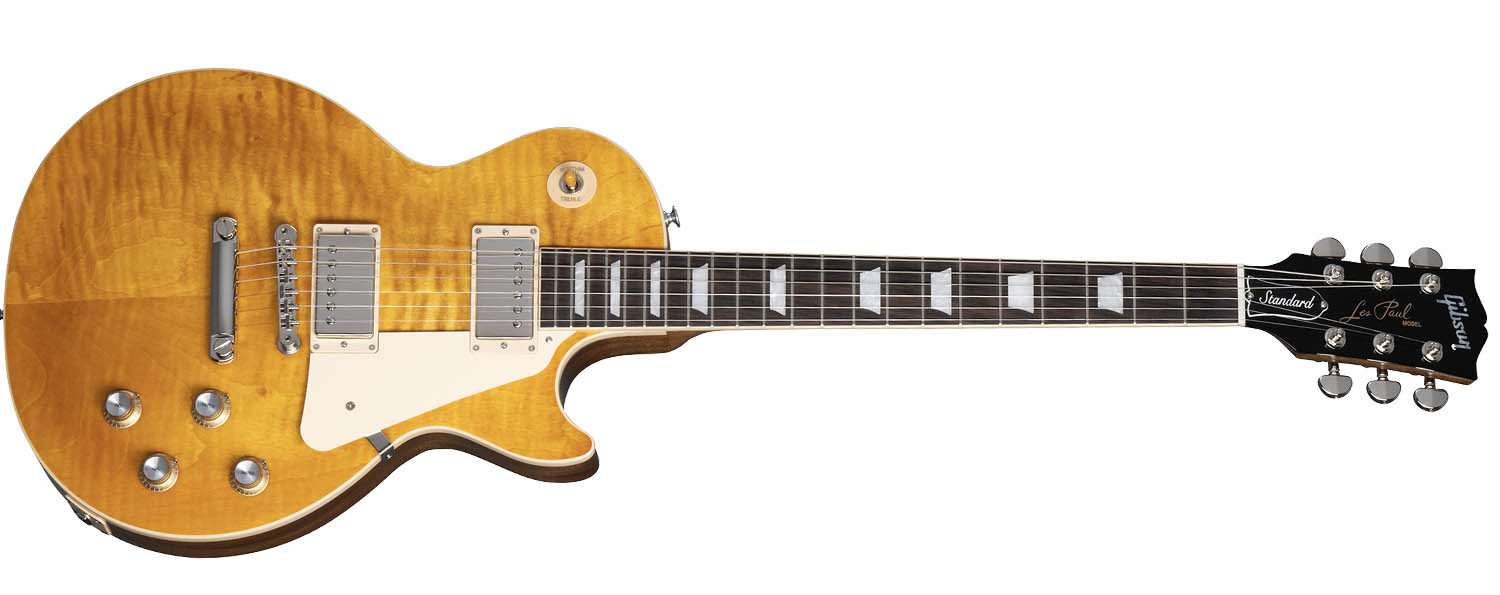
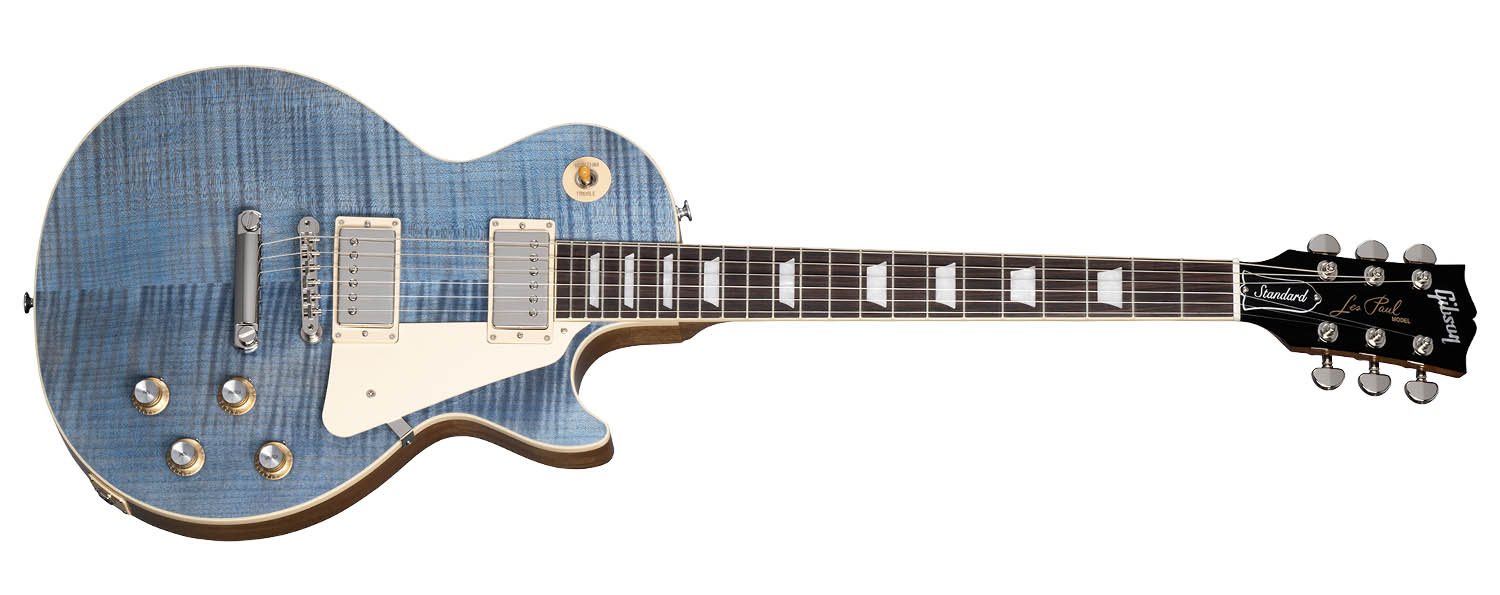
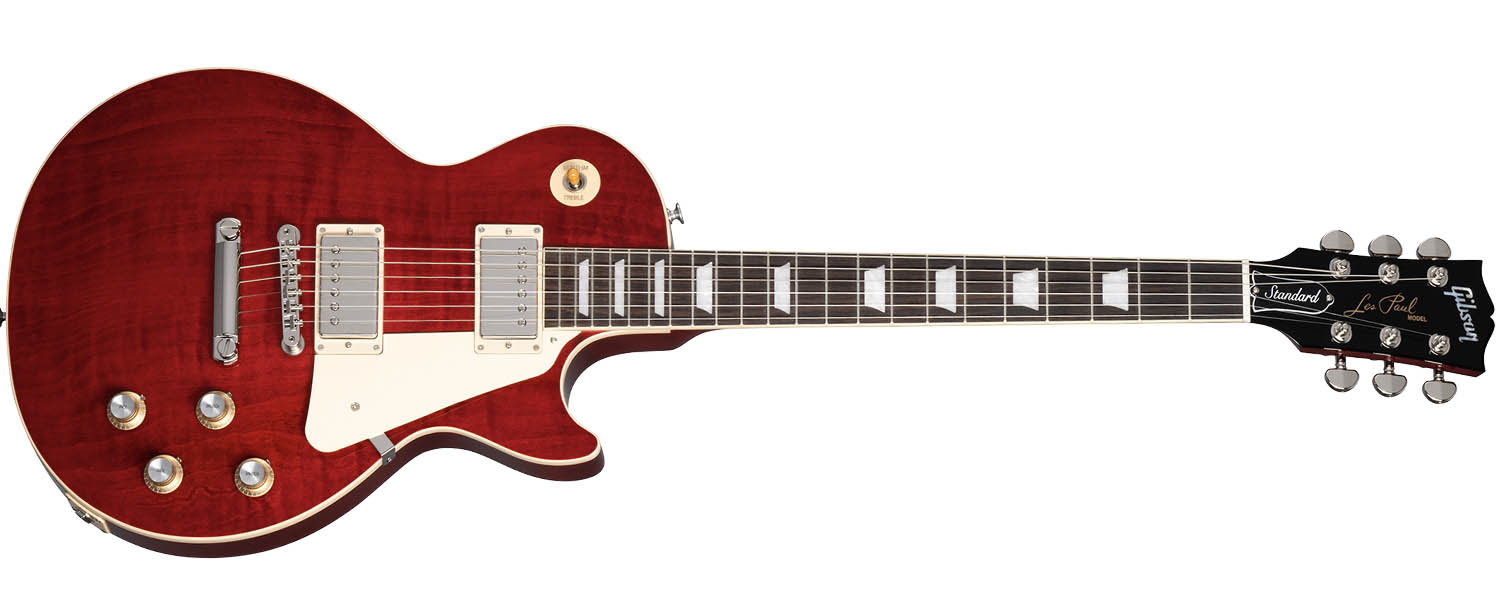


The dimensions and geography are as you would expect too, with a 12” fingerboard radius, 24.75” scale, the pickup selector mounted on a ring on the shoulder, with dual volume and tone controls for dialling in your sound.
Usual rules apply; get yourself a nice thick guitar strap to shoulder the weight and you’re good to go.
The Custom Color Les Paul Standards ship in a hard-shell Gibson guitar case and are priced $2,599 street / $2,799 for the plain tops, £2,799 street / $2,999 for the figured maple models.
For more details, head over to Gibson, and check out the brand's video guide to the 2023 Les Paul lineup above.
Jonathan Horsley has been writing about guitars and guitar culture since 2005, playing them since 1990, and regularly contributes to MusicRadar, Total Guitar and Guitar World. He uses Jazz III nylon picks, 10s during the week, 9s at the weekend, and shamefully still struggles with rhythm figure one of Van Halen’s Panama.
“To be honest, I feel like I am playing a high-end Gibson guitar”: Epiphone and Guitar Center team up for a colourful riff on a cult classic with the limited edition run Les Paul Custom Widow
“The humbuckers give it so much power and such a wide variety of tones while the destruct button really sets it apart from just about any other Tele”: Fender unveils the Mike Campbell “Red Dog” Telecaster










